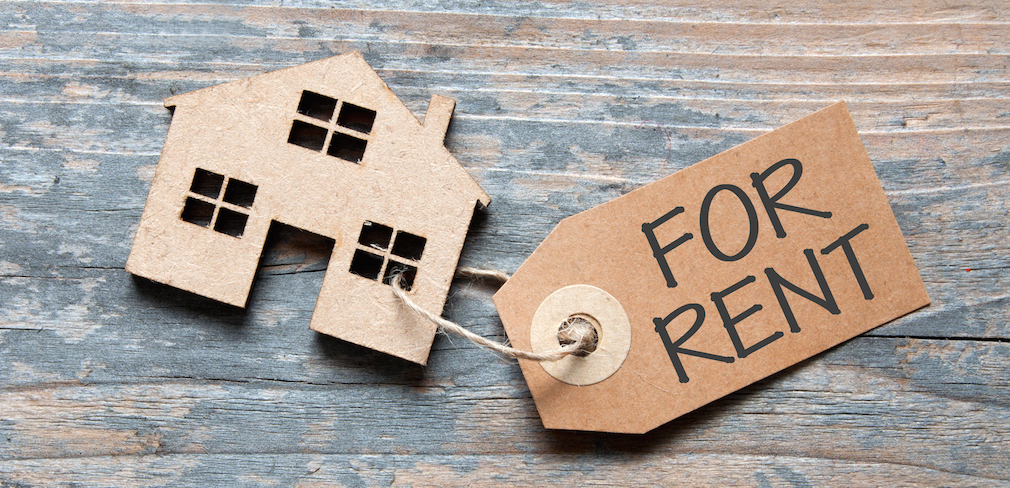When Blackstone took Invitation Homes, its single-family rental company, public by filing for an IPO, the SFR asset class was born. Single-family rentals began to be seen as having major investment potential when Invitation Homes was valued at approximately $7.5 billion.
Just a couple years down the line, the single-family rental market is growing, and companies are scrambling to get their piece of the pie. Several companies have been on the hunt for funding to purchase single-family rentals, and they’ve found billions.
Companies like Cerberus, Highland and Pretium have successfully raised approximately a few billion dollars to buy single-family rentals in just the past few months.
Single-family rentals currently account for 15% of the real estate market, but at the current rate of growth, we can expect to see up to 35% of the market in single-family rentals within the next 10 years. Just the capital raised in the past few months could make a marked impact on the number of SFRs available.
The demand for single-family rentals shows no signs of slowing down. There are several reasons for the increase in demand.
For one, our culture has changed just enough over the past decade that buying a home isn’t quite the priority that it once was. People value flexibility and the savings that renting can potentially offer them.
As our culture doesn’t prioritize owning your own home the same way they once did, the fact that a home doesn’t offer the best return out of the investments out there gives people one more reason to rent instead.
Even if they want to buy a home, it’s not as easy as it once was. People may have trouble affording a mortgage with rising housing costs and comparatively stagnant wages. On top of the growing gap between everyday expenses and salaries, other personal debt like student loans and credit card debt make a large mortgage payment a problem for a lot of Americans.
If they’re willing to shell out the money, they’ll have to face more strict credit guidelines, lower debt-to-income ratios, and tougher application processes than we saw before the housing crisis. Once financing is secured, inventory is so low in many areas that finding a suitable home can be very difficult.
Even people who are already homeowners are showing interest in tapping their equity and leasing back their home with sale leaseback programs that have been recently developed to help people realize the new American dream: renting the home they currently own and pocketing their home equity.
When something is in demand, the supply must be sourced from somewhere. Those sale leaseback programs have the potential to provide a steady stream of affordable, new single-family rentals for the booming market when the original owners decide they’re ready to move on.
With home prices as high as they are currently, this source of SFRs shouldn’t be overlooked.





